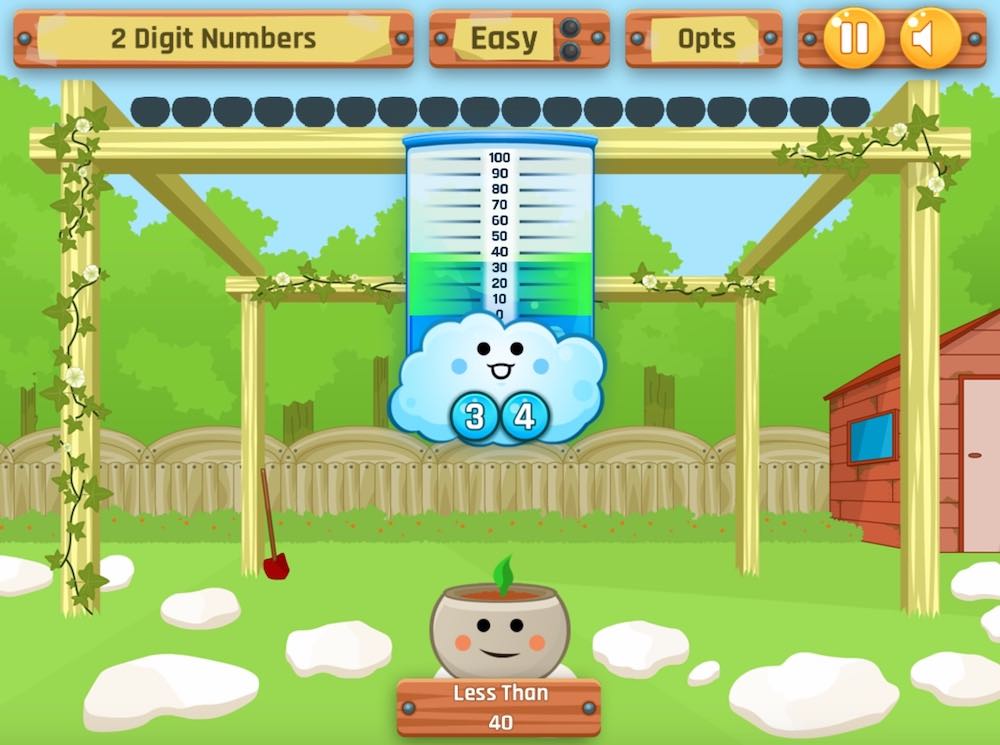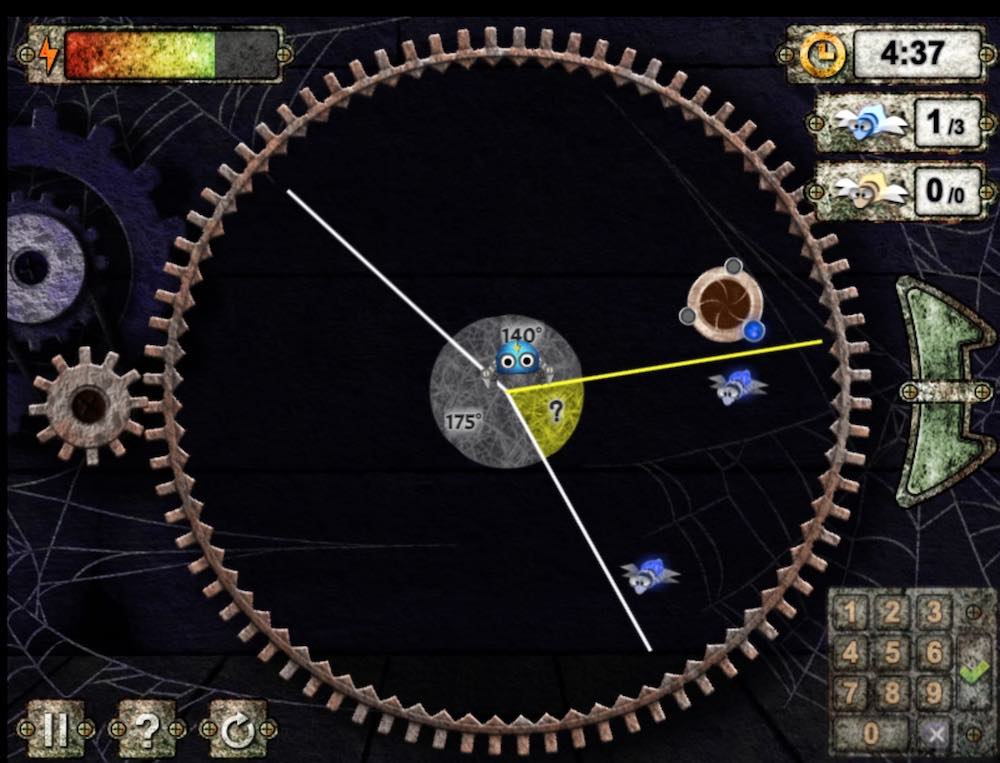Por Amrhik Sahota
Why Game Mechanics Are Important to Your Classroom
What are mathematical game mechanics?
Behind every great game, there are several constructs of rules and feedback loops that are intended to produce an experience that is enjoyable for the user. These are known as game mechanics. Common game mechanics include concepts such as levels, scoring, leaderboards, constraints and difficulty. These mechanics can be applied to educational games to create a fun, informative and challenging experience for students.
So why are they important in digital resources?
When it comes to digital education resources, carefully thought out game mechanics are essential. The best educational resources tend to carefully intertwine the mathematical concepts into the mechanics, with the students’ knowledge and understanding of the particular topic area having a direct effect on their in-game performance. Game mechanics can be useful for challenging students to improve their knowledge, bringing subjects to life through examples such as adaptive quizzes, innovative games and social competitions.
These activities also promote a growth mindset through challenging students’ understanding of mathematical principles with underpinning AI programming. High quality digital activities feature questions of varying difficulty embedded within a fun and visually engaging game. As the game progresses, students will need to answer questions correctly in succession for the next difficulty level to be accessed. However, if questions are answered incorrectly, the difficulty level will be reduced. The automatic adjustments allow for a personalised learning experience which motivates students to improve.
At Mangahigh, we know the value of game mechanics needed to create high quality educational resources, which is why we put mathematical principles at the heart of all of our games and quizzes.
Let’s take a further look at how two of our games use mathematical concepts as an integral part of the game mechanics.
Little Raincloud

Little Raincloud is perfect for teaching place value to your younger students aged 9-12. The graphics are child-friendly, full of bright colours and paired with upbeat music. The concept of the game is for students to practise their place value skills in order to grow a garden full of plants using the help of the Little Rain Clouds.
The mathematical principle of place value is intertwined with the mechanics of the game. Students are asked to alter the water in the cloud to fulfil the requirements of the plant by moving around the place value of the numbers, with the effect being visually seen in the increase/decrease of water in the gauge. When the correct answer is provided, the plant will be watered and grows successfully. However, if the incorrect answer is provided the plant will fail to grow and be discarded. Students will be able to understand the direct impact of their maths skills on their progress in the game.
Little Raincloud also uses scaffold learning within the game mechanics to enhance students’ place value skills. The game is also an example of the use of the Concrete Pictorial Abstract (CPA) model, with Little Raincloud being the pictorial representation of learning place value.
The game allows students to slowly build up their knowledge of place value beginning with 2 digit numbers and progressing to more complex 3 and 4 digit numbers including decimal points. As the difficulty of the questions increases, more plants appear and students are challenged to answer multiple problems simultaneously. Players are rewarded with points for correct answers, receiving 500 bonus points for answering questions at a new difficulty level for the first time. These points determine the medal that the students are awarded for completing the activity. Students will need to achieve 1640+ points in order to receive a gold medal, encouraging them to repeat the activity to boost their understanding of place value.
A Tangled Web

A Tangled Web is an excellent game for you to practise geometry with your students. We recommend this game is played by students aged 10 to 16, with graphics more suited to older children.
In this game, the player controls a robotic spider who needs to rescue family members. The game contains mathematical puzzles around angles in parallel lines, triangles, quadrilaterals, other polygons and circles.
The first level of the A Tangled Web includes an interactive tutorial with pop up instructions and initially features no maths. This allows students to familiarise themselves with the mechanics, goals and controls of the game.
After completion of the tutorial level, players will need to use their knowledge in order to correctly calculate the missing angles to help the robotic spider escape the level without touching the edges. This game also features a support menu for students containing information on the theory of angle facts that would inform them whilst playing the game.
Each level becomes more challenging and explores a variety of different shapes and the player’s knowledge of angles is critical to helping the spider rescue the family members and escape to safety.
There are different point requirements for unlocking new stages, so students are encouraged to repeat levels to improve their scores and knowledge of angles. The gamification of geometry in A Tangled Web allows for students to learn concepts in an engaging and enjoyable way, being motivated by the immersive game mechanics and element of challenge.
Integrating mathematics into the game mechanics allows students to enjoy learning and engage with the topics that are covered in class. The direct correlation of their game performance and their knowledge of maths topics is a great motivator for students to further improve and develop their skills.
At Mangahigh, we believe in bringing maths to life through adaptive quizzes, innovative games and social competitions. Mathematical concepts are at the heart of all our interactive activities, embedded into the game mechanics through years of research and development.
Want to try out our library of over 700+ engaging maths activities with your class?